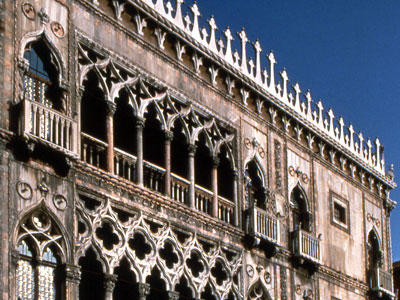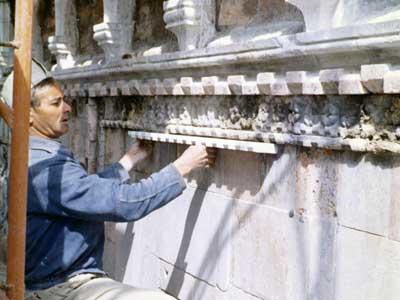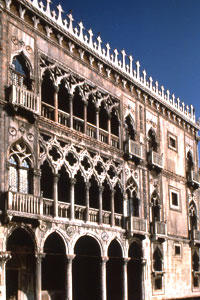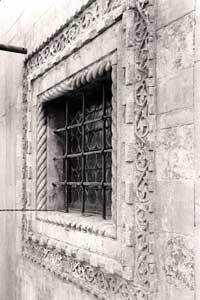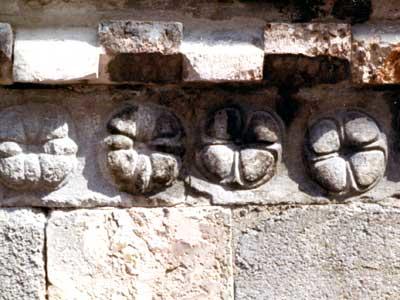Ca' D'oro
Background
Ca’ d’Oro, also known as the Palazzo Santa Sofia, may be the best known example of residential Venetian Gothic architecture in the city. Built in 1420 to designs by father and son team Giovanni Bartolomeo Bon (who would later design the Porta della Carta at the Doge’s Palace), the building features a ground-floor loggia and two stories of balconies, each divided by five columns and accented with distinct quatrefoil window designs. The palazzo’s name, House of Gold, is attributed to its ornate façade, though little of the building’s original external detailing survives. The structure was designed for the Contarini family and completed in 1430, but changed ownership following the Napoleonic occupation of Venice in 1797. It underwent a series of harmful renovations, including one nineteenth-century project that removed a staircase and balconies surrounding the building’s interior courtyard. Eventually, Ca’ d’Oro came into the possession of Baron Giorgio Franchetti, who restored some of the original design before leaving the property to the state in 1922.
How We Helped
Though known for its exquisite façade, by the 1960s Ca’ d’Oro had lost much of its exterior decorative program, as a consequence of generations of neglect and faulty renovations. When WMF began work on the building, much of the delicate marble friezes that articulate the façade had begun to decay. Beginning in 1967, WMF led an effort to restore those friezes. The project, initiated and overseen by WMF’s Venice Committee, was successfully completed in 1969.
Why It Matters
Long considered one of Venice’s finest residential palazzos, Ca’ d’Oro has, over its six-century history, become a well-photographed landmark on tours of the city’s Grand Canal. Today, Ca’ d’Oro is also a valuable component in the cultural life of the city; WMF’s conservation work helped restore elements of the building’s famous façade and contributed to the reopening of its interior after years without public access for use as a museum. Since 1983, the palazzo has housed a fine collection of paintings from the Venetian and Tuscan schools, and a smaller collection of sculpture and ceramics.

